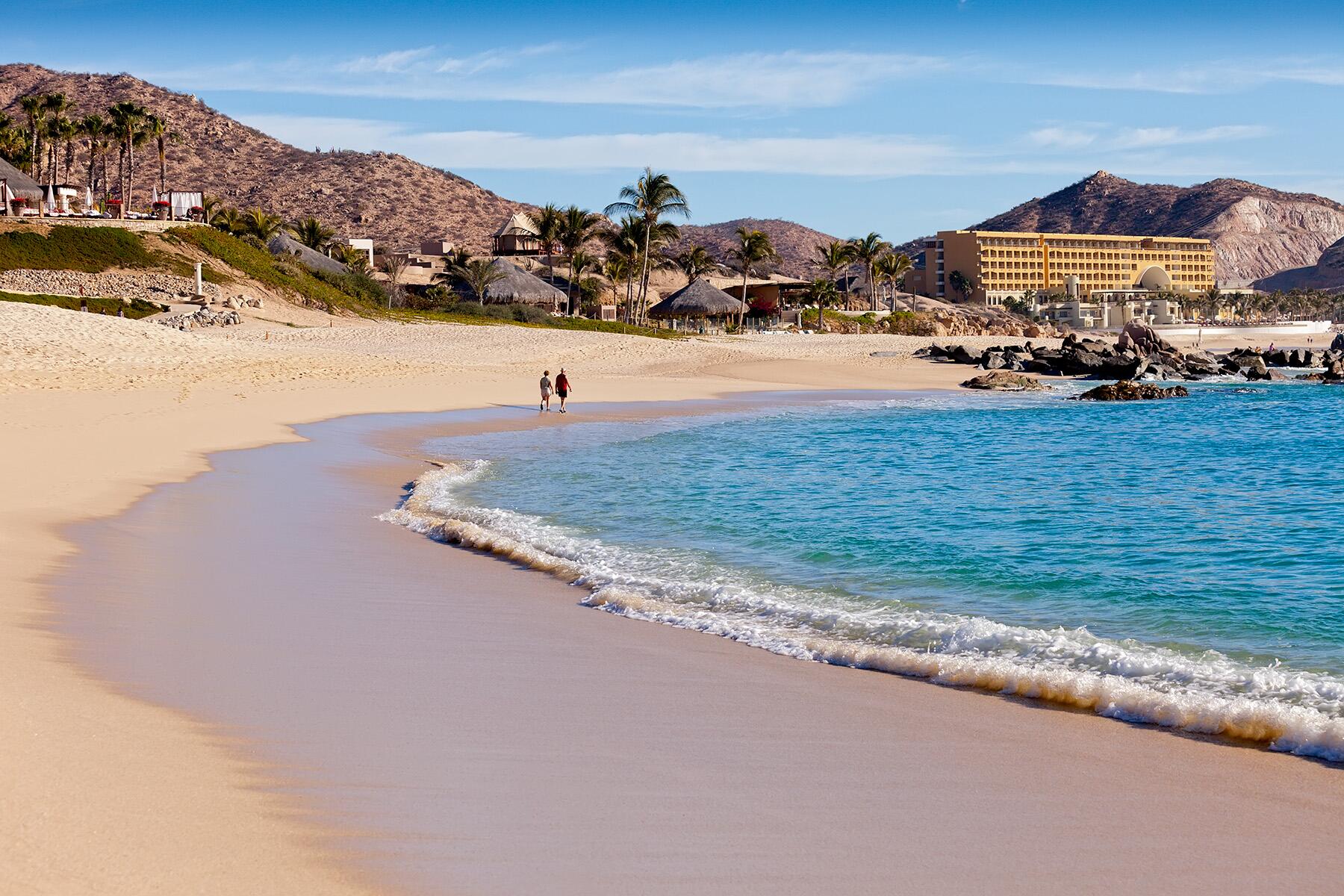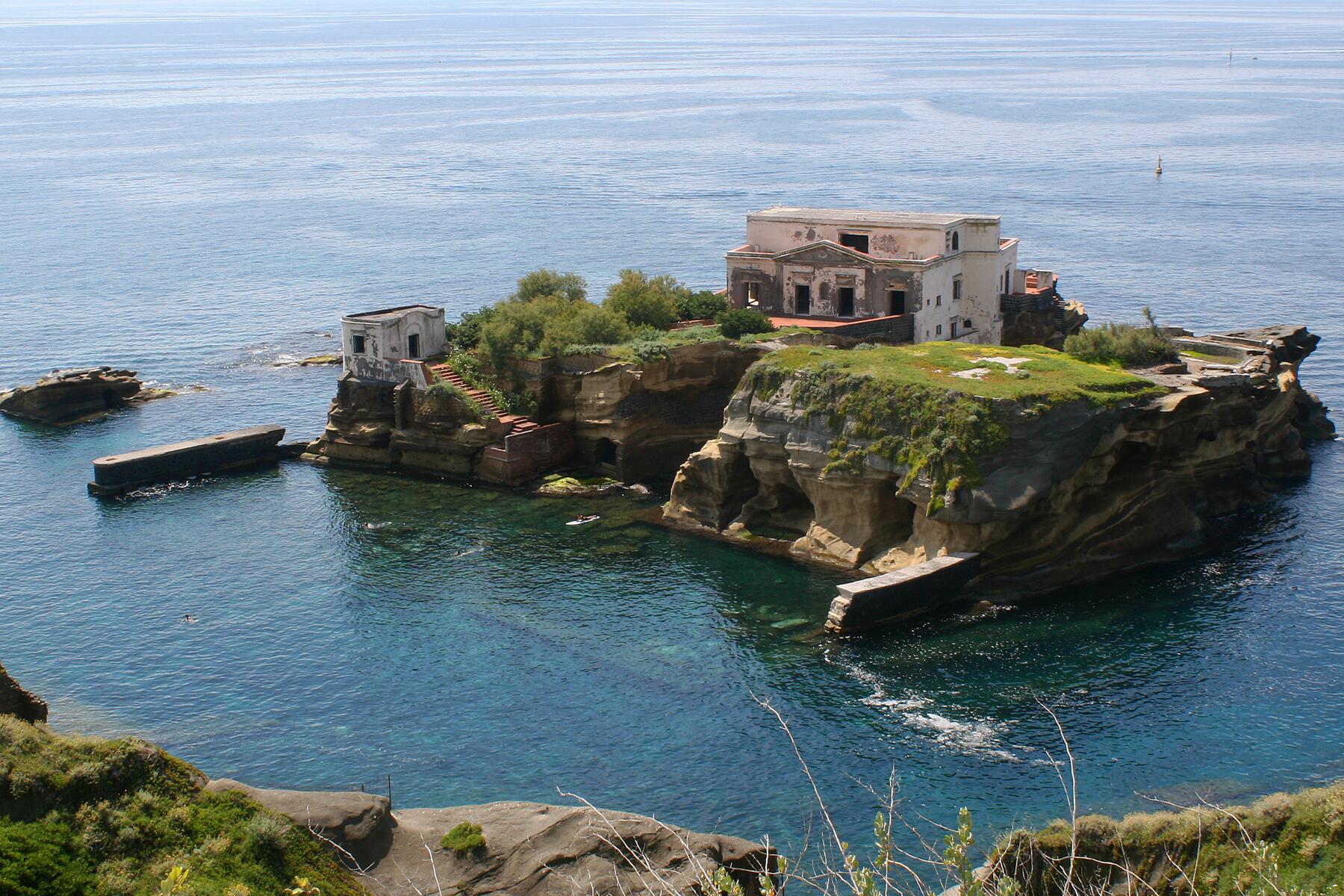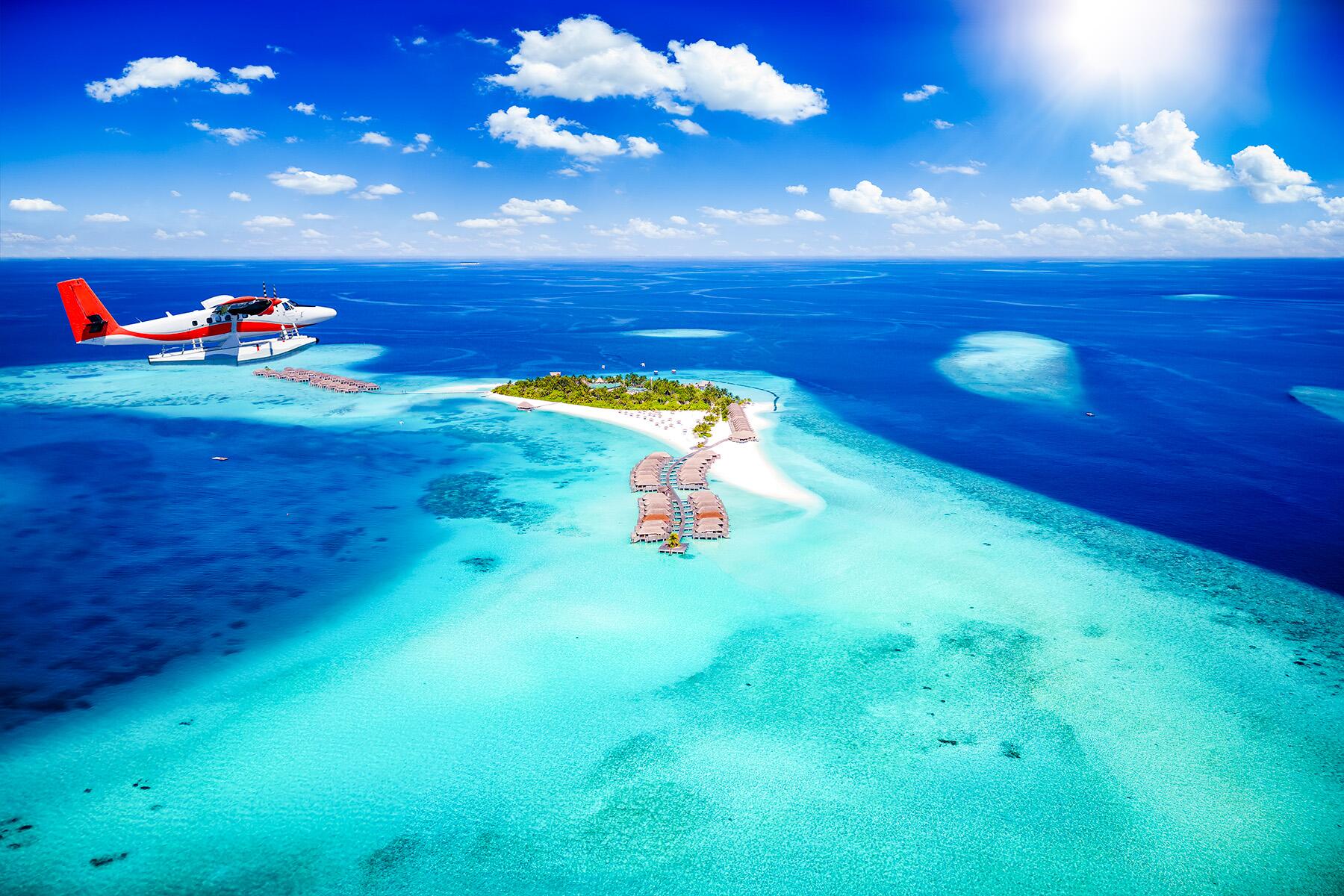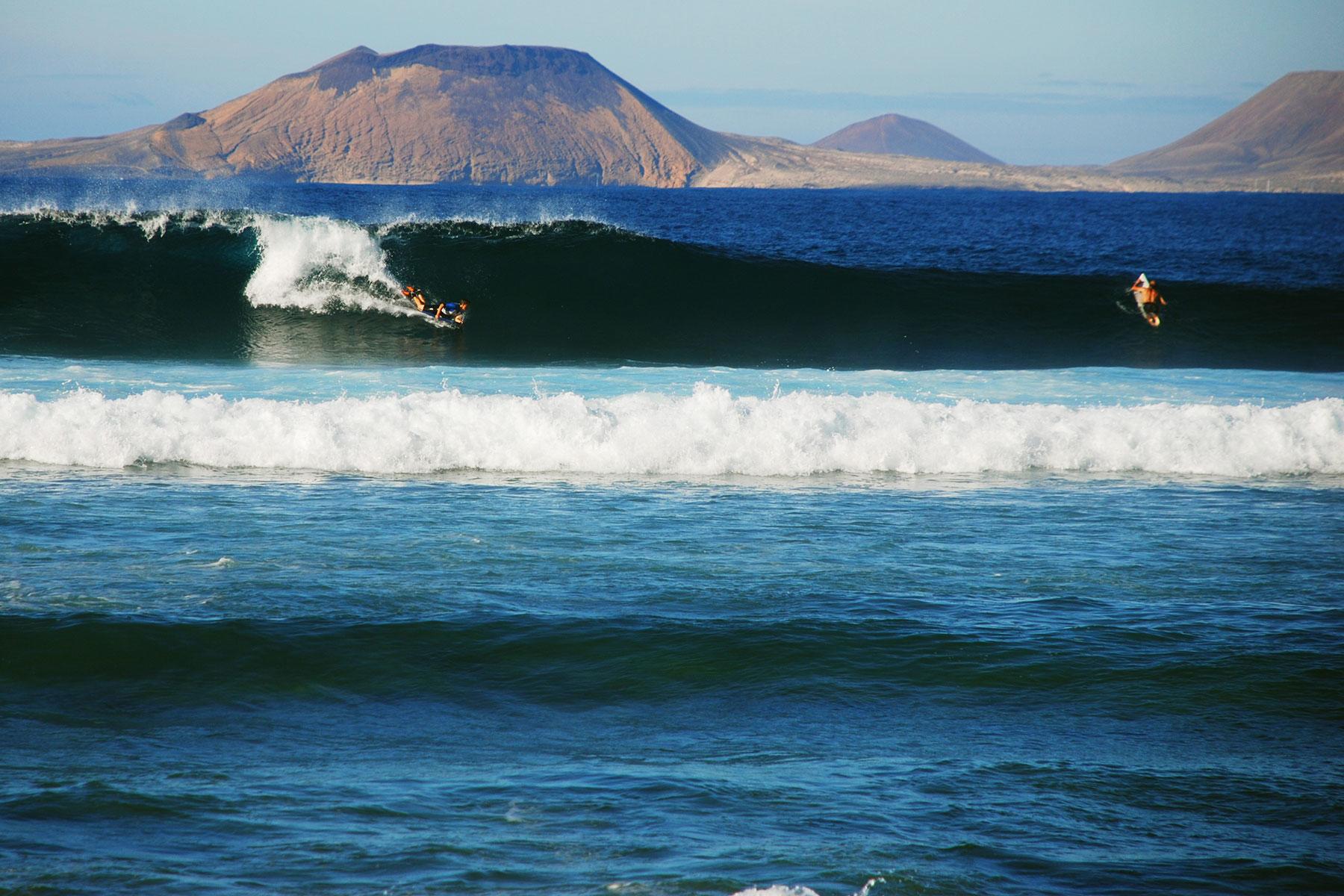When it comes to the Canaries, not all islands are created equal.
Travelers often overlook the Canary Islands, the idyllic, sun-drenched archipelago slung off the African coast. Boasting year-round summer temperatures and miles of unsullied nature, the Canaries deserve a spot on any Spanish itinerary—provided you know where to go. Head to Gran Canaria or Tenerife, and you risk being overwhelmed by hordes of tourists; opt for a tiny island like El Hierro or La Palma, and boredom might set in after a few days. Thankfully there’s a happy medium in Lanzarote, the easternmost island in the chain whose UNESCO-protected landscapes, well-appointed resorts, and fascinating cultural sites offer stimulation and relaxation in equal measure. Here, all the reasons why Lanzarote should be your next Spanish adventure.




